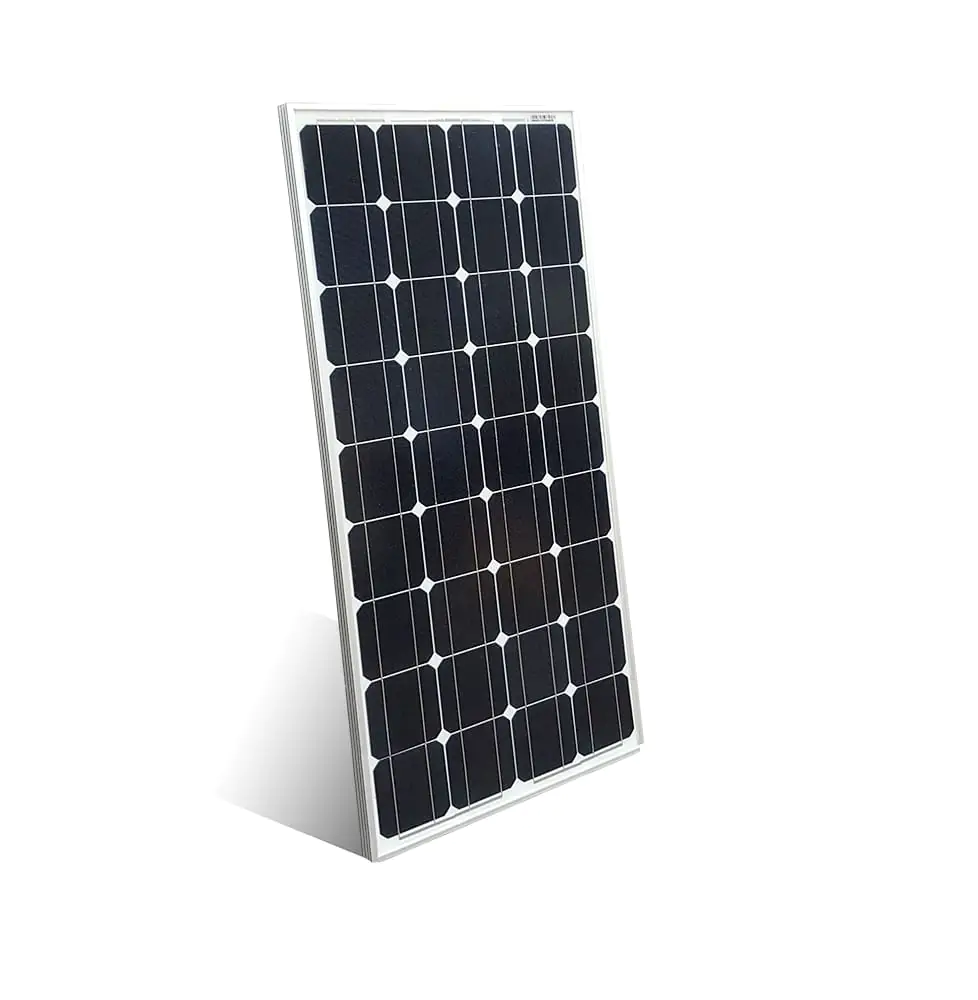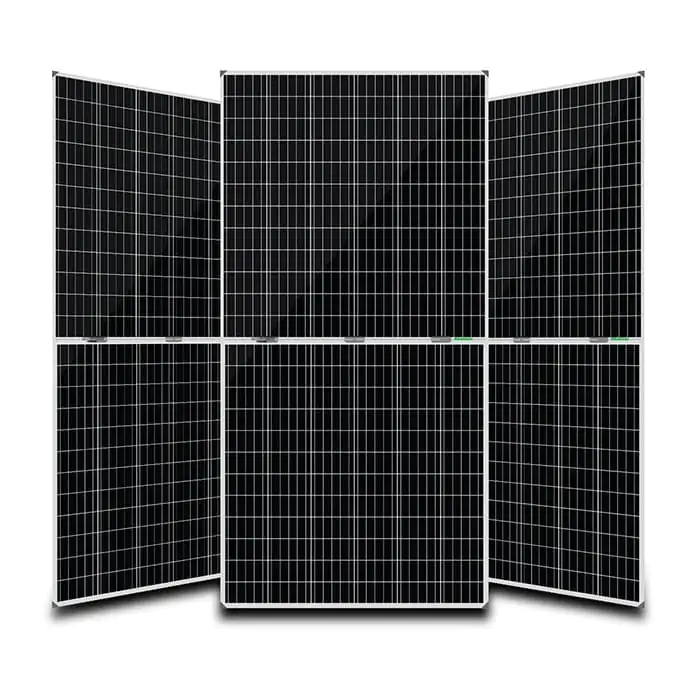Exploring Different Types of Solar Power Plants
Solar panels have been a popular alternative for both individuals and businesses in a time when renewable energy is increasing in popularity. Solar panels, which use the power of the sun, provide an environmentally friendly and sustainable approach to meeting our energy needs. Not all solar panels, however, are made equal. In this detailed guide, we will look at the numerous types of solar panels on the market today, emphasising their characteristics, benefits, and uses.
1. Monocrystalline Solar Panels

Monocrystalline solar panels are made of a single crystal structure, which is usually silicon. These panels are well-known for their consistent appearance and good efficiency. Monocrystalline panels are created by cut cylindrical ingots into thin wafers, which are then combined into solar cells.
Advantages of Monocrystalline Solar Panels:
- High efficiency due to the uniform structure of the crystals.
- Perform well in low-light conditions.
- Occupies less space compared to other types.
Polycrystalline Solar Panels
Polycrystalline solar panels are composed of numerous silicon crystals, giving them a less uniform appearance than monocrystalline panels. Melted silicon is placed into square-shaped moulds, cooled, and then cut into wafers during manufacturing.
Advantages of Polycrystalline Solar Panels:
- Cost-effective production process.
- Good performance under high temperatures.
- Suitable for larger installations due to lower costs.
3. Bifacial Solar Panels

Bifacial solar panels are designed to capture sunlight from both sides of the panel. They have a clear back sheet that allows light to travel through and be absorbed by the panel's side. This one-of-a-kind design boosts overall energy generation.
Advantages of Bifacial Solar Panels:
- Enhanced energy generation from both sides.
- It can utilize reflected and diffused light.
- Suitable for ground-mounted and rooftop installations.
